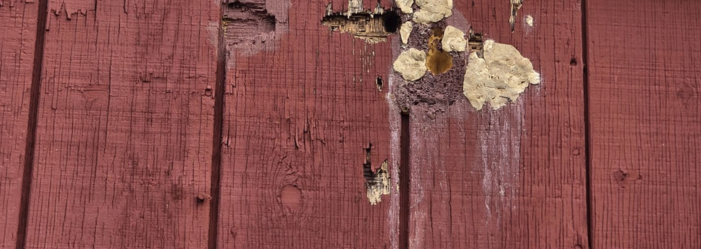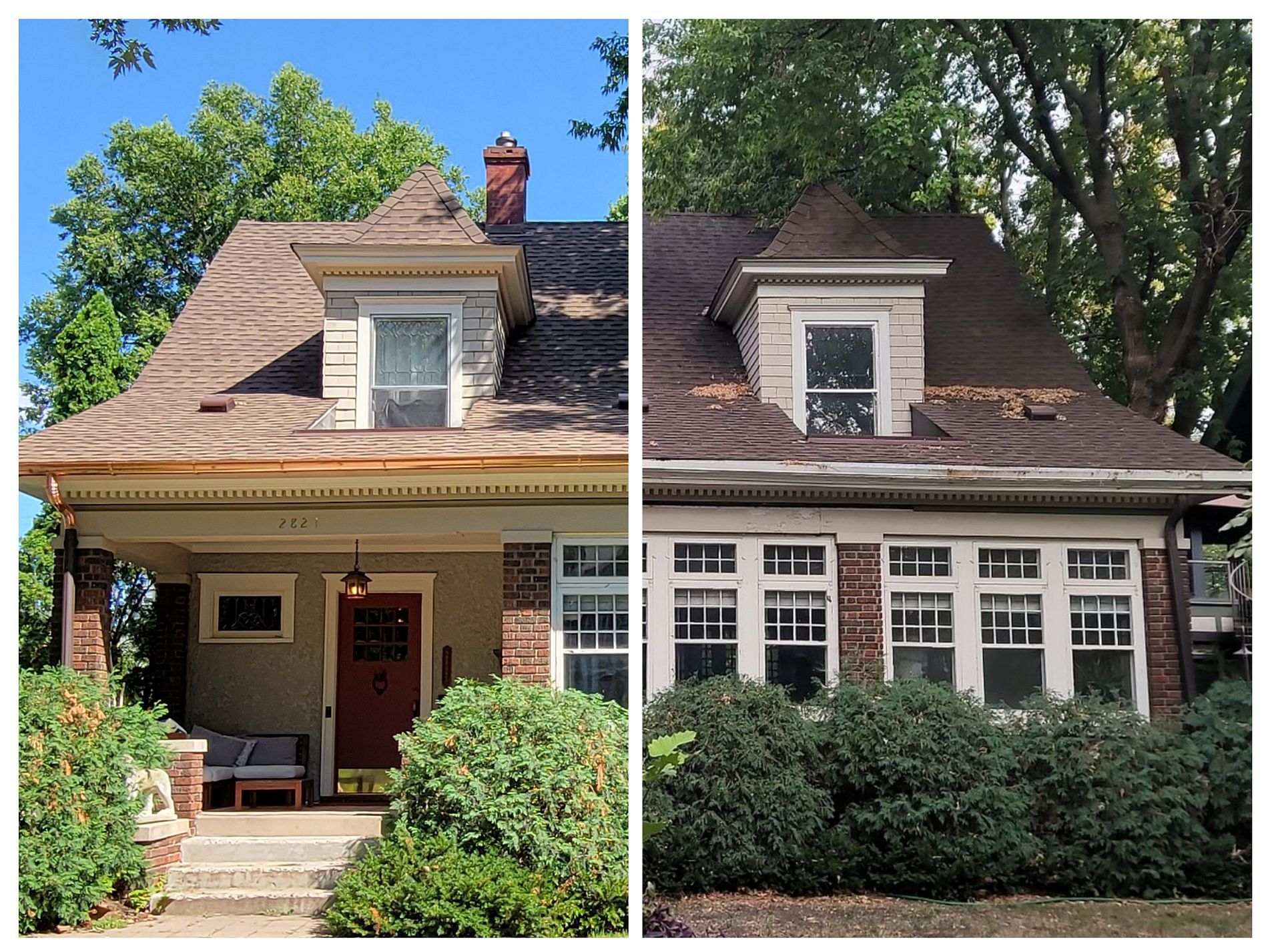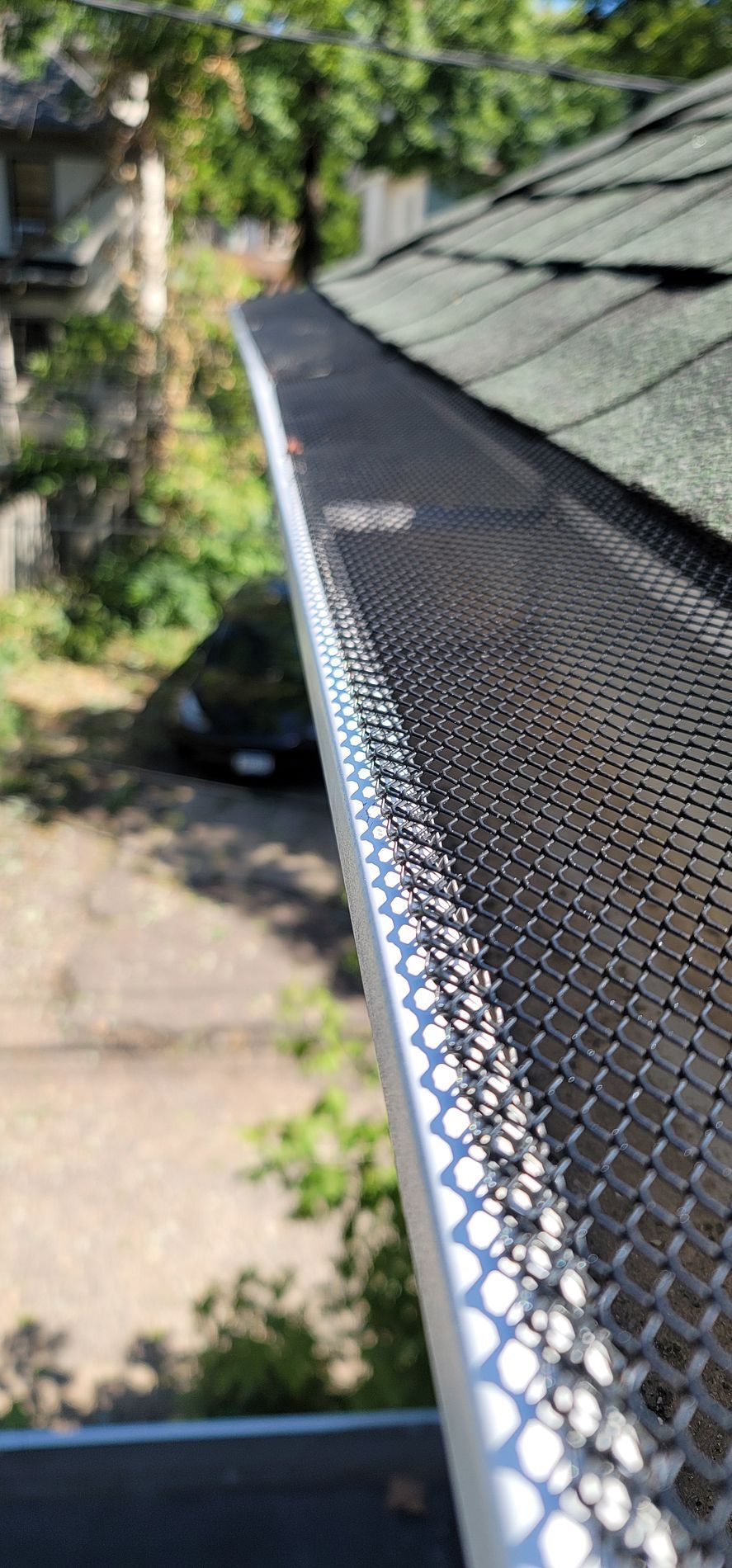How to Know When It’s Time to Replace Your Siding
Is Your Siding Trying to Tell You Something? 5 Signs It’s Time for an Upgrade

Living in Minnesota means your home faces some of the most punishing weather in the country—frigid winters, humid summers, sudden hailstorms, and relentless freeze-thaw cycles. Your siding stands on the frontlines of it all, quietly working to protect your home from moisture, wind, and extreme temperature swings. But no siding lasts forever.
Whether you're in Minneapolis, Rochester, Duluth, or a smaller town in between, knowing the warning signs that your siding is due for replacement could save you thousands in long-term repair costs—and keep your home looking its best year-round.
Here are the 5 most common signs that your Minnesota home’s siding needs an upgrade:
1. Visible damage: Cracks, warping, or rot
Cold snaps and repeated freeze-thaw cycles can do serious damage to siding over time—especially older wood and vinyl styles. If you spot cracks, chips, or areas that are soft or spongy to the touch, it’s more than cosmetic. That damage can let water seep in behind the panels, leading to mold, mildew, or even interior wall rot.
Pro Tip: Check the south and west-facing sides of your home first—these tend to suffer the most weather exposure and UV wear.
2. skyrocketing energy bills
Drafts in the winter? Stuffy in the summer? If your heating and cooling costs have crept up over the last few years, failing siding could be part of the problem. Gaps in panels, poor insulation behind old siding, or deterioration of protective barriers allow hot and cold air to escape—forcing your HVAC system to work overtime.
3. peeling paint or faded color
If your siding looks dull or the paint keeps peeling every few years, it’s telling you it’s nearing the end of its lifespan. Minnesota’s heavy snowfalls, wind chills, and UV exposure take a toll on older paint and outdated siding materials. New siding doesn’t just protect your home—it can completely transform curb appeal, adding resale value and style without ongoing paint maintenance.
4. bubbling, blistering, or warped panels
Bubbles or warping in your siding usually indicate trapped moisture—especially common in homes with older wood siding. In Minnesota’s wet spring and fall seasons, moisture that’s sealed behind siding can’t escape easily. Over time, this leads to hidden rot and structural damage that’s costly to repair.
Pro Tip: We recommend checking your siding at least every spring once the snow melts. Early detection can make a world of difference.
5. pest damage or insect infestation
Woodpeckers, wasps, ants, and even squirrels are known to nest behind loose or damaged siding, especially in rural or wooded areas of Minnesota. If you see small holes, hear scratching, or notice animal activity near your walls, it might not just be a critter problem—it could be a siding issue enabling it.
Pro Tip: For those in more rural areas of Minnesota, engineered and composite siding options can be much more pest-resistant than traditional wood, helping prevent repeat problems.
Your Home Deserves Better Protection
In Minnesota, siding isn’t just for show—it’s your home’s armor. From subzero temps to springtime storms and summer humidity, our climate puts siding to the test. When your siding starts to fail, it can lead to costly water damage, poor insulation, and curb appeal that takes a hit.
Replacing your siding is one of the smartest upgrades you can make—not just for energy savings, but for peace of mind. A strong, sealed exterior keeps your home warmer in the winter, cooler in the summer, and protected year-round. At Rocket Renovation, we know what Minnesota homes are up against because we face the same weather you do. That’s why we only install products built to last in our region—like LP® SmartSide® for superior strength or James Hardie® fiber cement for lasting resilience and style.


